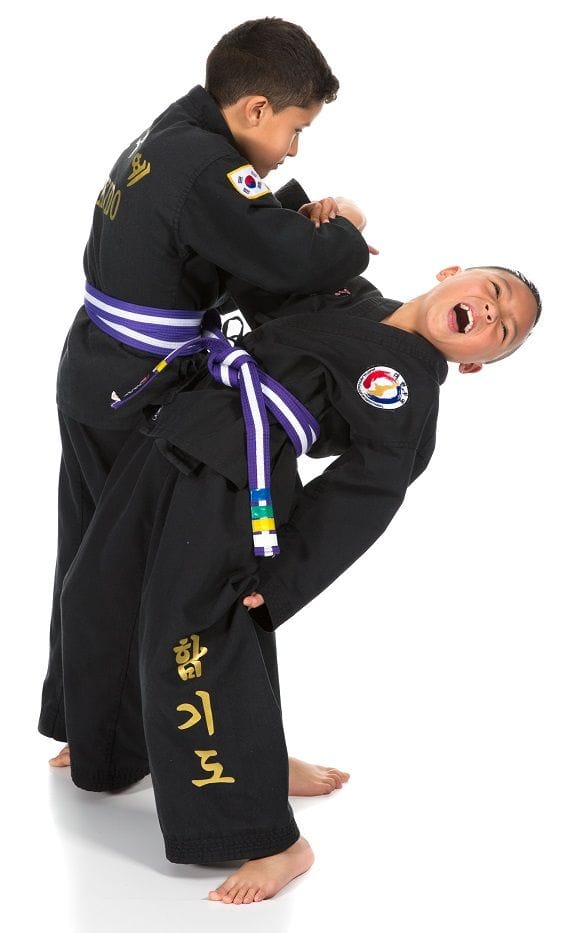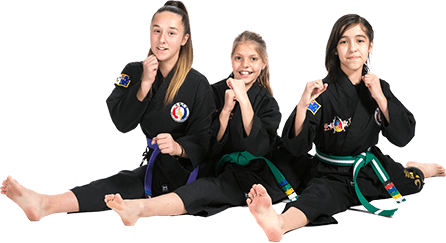Is This Good Pain or Bad Pain?Written on the 24 June 2024 )
Pain is subjective and contextual. Awakening to chest pain in the middle of the night is terrifying — a possible sign of a heart attack. But the very same stabbing pain after a hard workout is experienced completely differently: maybe it’s your pectoral muscles shrieking from too many pushups, or your lungs burning from hard interval training. It’s the same sensation in both cases, but in the former you might feel fear, in the latter you might feel pride. Context is everything. One person’s pain is another’s discomfort and someone else’s satisfaction. Even in the context of physical training not all pain is created equal. Just because you’re good at dealing with one kind of pain doesn’t mean that you’re capable of dealing with another.
He’s fallen from grace now, but 7 time Tour de France winner Lance Armstrong provides an interesting example of how subjective discomfort can be. After Lance retired from a brilliant and unprecedented cycling career (and before he was stripped of his titles for doping) he started running marathons. What did he say after he crossed the finish line of his first marathon in 2006? “…that was without a doubt the hardest physical thing I have ever done.” Really? Harder than 6 to 7 hours of pedalling up mountains in the Alps? And harder than 23 back-to-back days of cycling in the 3,500 kilometre Tour de France? It’s strange that a lifelong endurance athlete with a history of pushing his body to an unbelievable degree would consider running for 3 hours more difficult than cycling for hours and hours and hours, day after day. But it just goes to show that pain is relative. Many athletic activities involve pain: · Sitting in a horse stance for 5 minutes is painful · Completing a set of heavy deadlifts is painful… · Doing 100 pushups can be painful… · Running a 50 mile ultramarathon is painful… · Getting punched in the face while boxing is painful… · Blitzing the heavy bag full power for a minute is painful… · And getting crushed by an opponent while grappling is painful… Each of these activities involves pain, but athletes become particularly good at dealing with the pain of their own particular sport. Powerlifters get used to the pain of deadlifts. Boxers learn not to freak out when they get punched in the face. Runners get used to burning lungs and bleeding feet. And jiu-jitsu practitioners learn to deal with getting crushed on the bottom.
If you do something difficult repeatedly then, over time, you acclimatise to that activity. You still feel the pain but it no longer bothers you as much. One of the most important things that happens is that you learn where your limits are. You figure out how far you can push your body without anything actually breaking. You learn if you’re feeling good pain (that puts you the growth zone) or bad pain (that causes injury). It’s not really about having been born tough-as-nails, it’s much more about attitude adjustment over time. There’s a position in jiu-jitsu known as “knee on belly.” Here the practitioner on top drops 90% of his bodyweight onto the other person’s solar plexus with one knee while using his other leg as an outrigger to prevent the man of the bottom from twisting out.
This is a great position in which to ‘cook’ an opponent, i.e. tire him out until he does something stupid and exposes his arm, leg, or neck for a formal submission. BJJ Black Belt coach John Will has pointed out how a white belt beginner caught in knee mount might think he’s going to die. But then this beginner works his way up to blue belt and the discomfort from the very same position no longer bothers him. Getting ‘tougher’ and being able to function in situations that would have previously been impossible is all about experience. And you can’t rush experience. So if you’re learning a new martial arts skill don’t worry about being conservative in your pain tolerance. Tap out to that kneeride in jiu-jitsu, take care of that ache in your knee, and leave a couple of reps in the tank when you’re weightlifting. With time you’ll eventually be able to distinguish good pain from bad pain, and discomfort from injury. And then you can go balls to wall! Tap out early for now. Be a hero later.
Source: Stephan Kesting https://selfdefensetutorials.com/is-this-good-pain-or-bad-pain/ |







